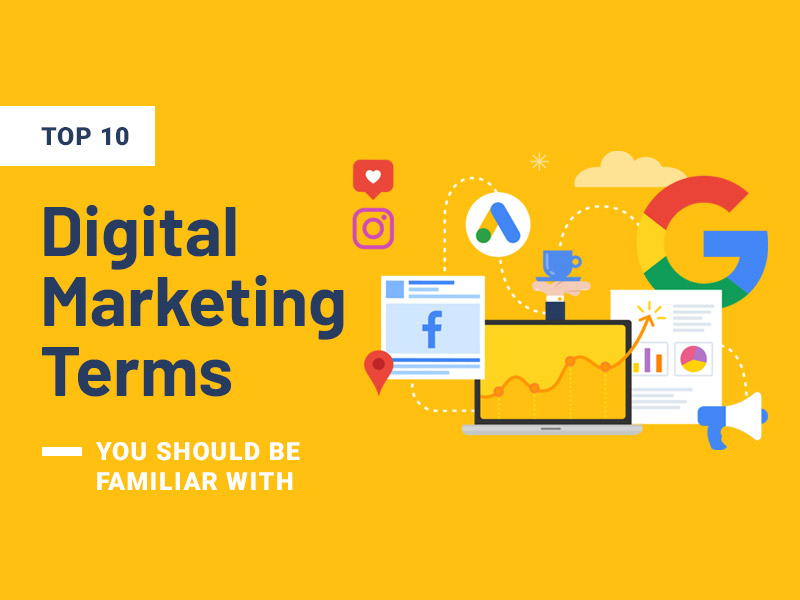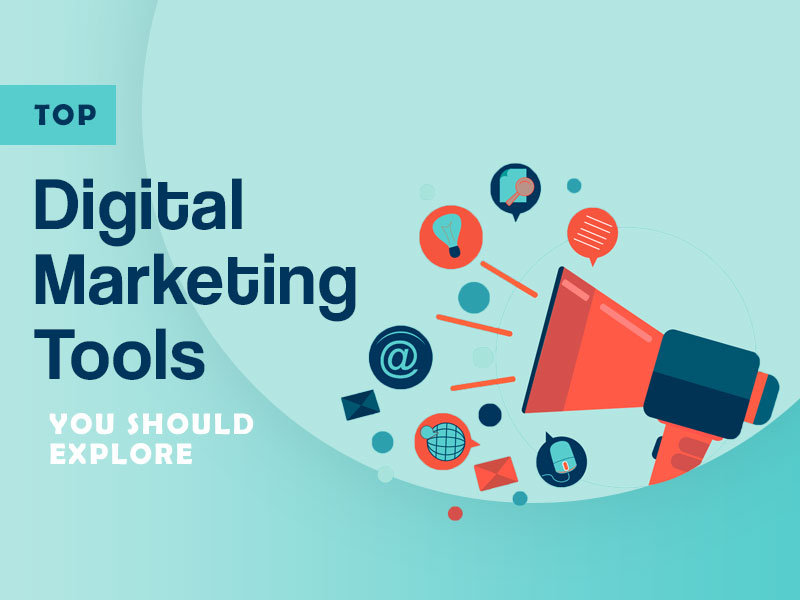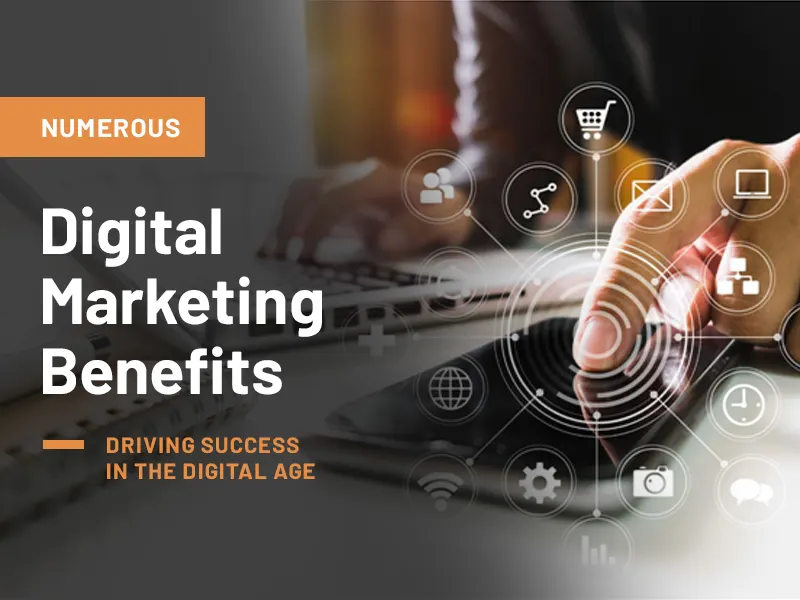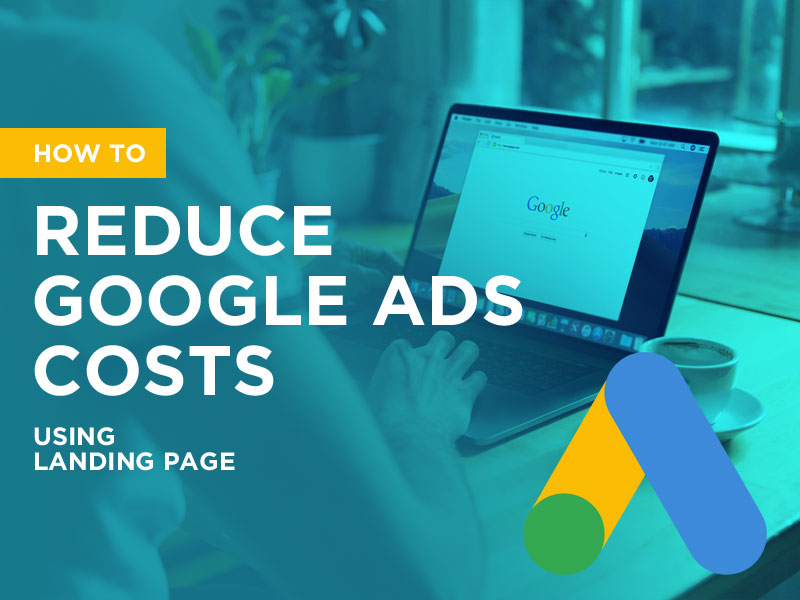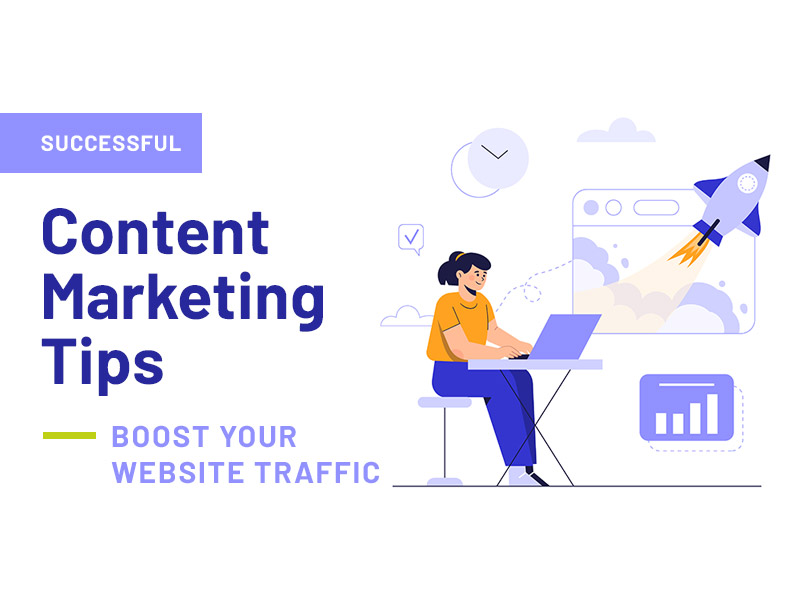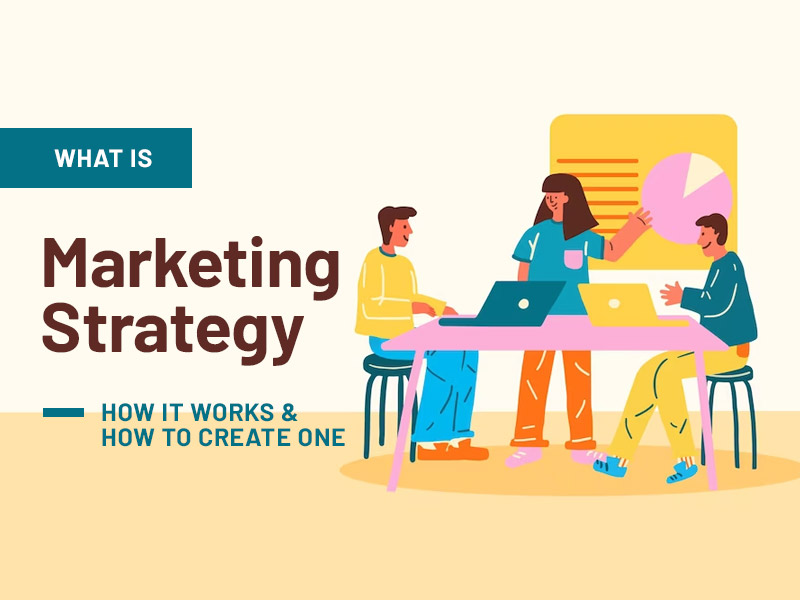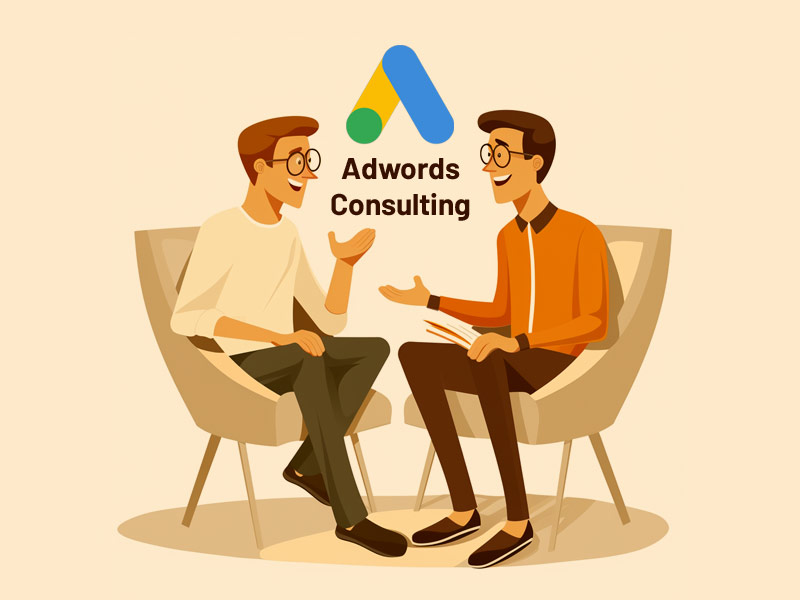In today’s digital age, businesses must have a strong online presence to effectively reach their target audience. Digital marketing is a vast field that involves various strategies and techniques to promote a business or product online.
To be successful in digital marketing, it’s essential to understand the terminology and concepts used in the industry. Here are ten digital marketing terms you should be familiar with to help you navigate the digital marketing landscape and make informed decisions for your business.
Top Ten Digital Marketing Terms
Search Engine Optimization (SEO)
Search Engine Optimization, or SEO, is a crucial component of digital marketing. It involves optimizing your website’s content to rank higher in SERPs organically. SEO aims to increase your website’s visibility and traffic through search engines like Google, Bing, and Yahoo.
SEO combines techniques, including optimizing website content, metadata, images, videos, website architecture, navigation, and mobile responsiveness. SEO also involves strategies such as building high-quality backlinks, increasing website authority, and ensuring website security.
Pay-per-click (PPC)
Pay-per-click, or PPC, is another essential component of digital marketing. It is a model of Internet marketing where advertisers pay a fee every time one of their ads is clicked. This model allows businesses to buy visits to their website rather than attempting to earn those visits organically.
PPCers, or those specializing in PPC advertising, use various tools and techniques to optimize campaigns, such as keyword research, copywriting, and targeting. The goal is to create highly targeted ads with higher traffic and conversation rates.
Social Media Marketing
Social media marketing is a strategy using social media platforms to build brand awareness, increase website traffic, and engage with customers. Social media platforms like Twitter, Instagram, LinkedIn, and Pinterest allow businesses to reach a large audience quickly and cost-effectively.
This type of marketing involves creating and sharing content, such as images, videos, and blog posts, on social media platforms to build a community around your brand. Businesses can build customer relationships and increase brand loyalty by engaging with their audience through social media.
Content Marketing
Content marketing focuses on creating valuable and consistent content to retain a clearly-defined audience, with the ultimate goal of driving profitable customer action. Content marketing involves creating high-quality content that is informative, educational, and entertaining and distributing it through various channels, including social media, blogs, email, and other online platforms.
Content marketing aims to provide value to the target audience, build trust, and establish the business as a thought leader in the industry. By providing relevant and valuable content, businesses can build a loyal customer base likelier to engage with the brand and purchase its products or services.
Email Marketing
Email marketing effectively allows businesses to communicate with their customers, build relationships, and promote their products or services. It allows businesses to reach their customers directly and regularly, providing a cost-effective way to stay top-of-mind and engage with customers.
To be effective, email marketing campaigns must be targeted and personalized. This means segmenting the email list into groups based on demographics, interests, and past purchase behavior. Personalizing emails with the recipient’s name, location, and other details can increase engagement and response rates.
Conversion Rate Optimization (CRO)
Conversion Rate Optimization (CRO) is optimizing a website or landing page to increase the number of visitors taking a desired action. The desired action may vary depending on the business objectives but typically includes:
- Making a purchase.
- Filling out a form.
- Subscribing to a newsletter.
- Downloading a whitepaper.
CRO involves analyzing data from website visitors to identify areas for improvement to increase the likelihood of conversion. This data may include page views, bounce rate, time on site, and exit rate. By analyzing this data, businesses can identify areas where visitors are experiencing friction or barriers that prevent them from taking the desired action.
Retargeting
Retargeting is a type of online advertising targeting people who have previously visited your page or interacted with your brand in some way. This form of advertising uses cookies or other tracking methods to identify people who have visited your website and show targeted ads as they browse other websites or social media platforms.
Retargeting is a powerful tool for businesses to stay top-of-mind with potential customers who are already interested in their products or services.
Influencer Marketing
Influencer marketing is a marketing strategy involving partnering with individuals with a large social media following to promote your products or services. Influencers are typically individuals who have built a strong personal brand on social media and have many followers who trust and engage with their content.
Influencer marketing is an excellent way to reach a target audience and build brand awareness. By partnering with influencers with a large follower-base and a strong connection with their audience, businesses can tap into a highly engaged and loyal community and promote their products or services to a wider audience.
Analytics
Analytics is the collection, measurement, and analysis of data to understand the performance of your marketing campaigns better and make data-driven decisions. Analytics give businesses valuable insights into their marketing efforts and helps them identify areas of success and improvement.
Various analytics tools available to businesses can help them track and analyze their marketing performance. These tools can provide businesses with data on various metrics, including website traffic, engagement, conversion rates, and customer behavior.
A/B Testing
A/B testing, or split testing, is testing two versions of a landing page or campaign to determine which performs better. It is a powerful optimization tool to improve website design, landing pages, email campaigns, and other digital marketing efforts.
In A/B testing, two variations of the same web page or campaign are created, with one key difference between them. This difference could be anything from the color of a button, the placement of a form, or the headline’s wording. Half of the visitors or recipients are shown version A, while the other half are shown version B. The results of each version are then compared to determine which performs better in engagement, conversion rates, or other key metrics.
Must read: 10 Digital Marketing Trends to Watch Out
Conclusion
Understanding digital marketing terms is crucial for businesses to stay ahead in today’s digital landscape. These ten digital marketing terms are just the tip of the iceberg in the vast world of digital marketing. By learning these terms, you can better understand the strategies and techniques used in digital marketing, make informed decisions for your business, and stay ahead of the competition.
